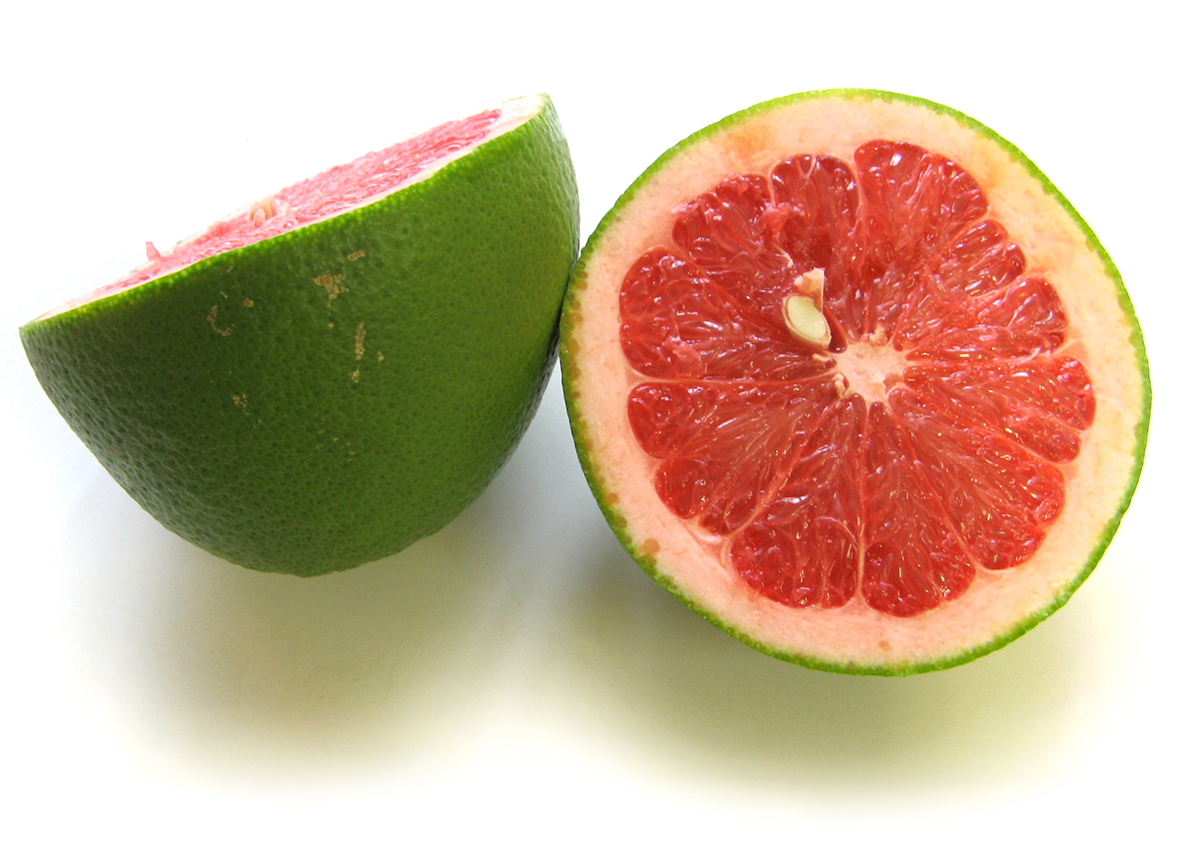

Many women have fibroids, but don’t even know it because they cause no symptoms. However, on average, uterine fibroids range from 200 grams to 2 kilograms (about 4-5 pounds).Īre you wondering if you are carrying around extra weight in the form of fibroids? You’re not alone. There is no one answer to how much a fibroid weighs because they come in all different sizes.

There is no known single cause of fibroids but there are several factors that may play a role including hormones (estrogen and progesterone) and family history. African American women are more likely to develop fibroids than white women. While they can occur at any age, most women develop them during their 30s and 40s. Fibroids are very common, affecting an estimated 20-80% of women of reproductive age. If a fibroid is large enough, it can also cause problems with pregnancy and delivery. However, some women with fibroids may experience heavy bleeding during their periods, pain during sex, pelvic pain or pressure, or difficulty urinating. Most women with fibroids don’t even know they have them because they cause no symptoms. They are made up of smooth muscle and connective tissue, and can grow on the outside of the uterus, in the uterine wall, or even inside the cavity of the uterus. Fibroids can vary in size, from very small to large enough to fill the entire uterus. So, how much does fibroid weigh?Ī fibroid is a benign tumor that grows in the uterus. While most fibroids are small and cause no symptoms, some can grow to be very large – even weighing as much as 20-30 pounds. Effect of foliar sprays on the grapefruit size.Fibroids are one of the most common uterine disorders, affecting approximately 70% of women by the age of 50. Around 40% of the foliar K-treated fruit increased 20 mm or more from August 4 to November 28, compared to 20% of the control treatment fruit.įigure 1. The fruit on trees sprayed with MKP and KNO 3 had increased 1.9-2.4 mm more than fruit from control trees by the time the November 28 MKP-76 measurements were taken. Both the MKP-76 and KNO 3-56 treatments in Block B had increased fruit enlargement compared to the control treatment at each measurement date. Both MKP and KNO 3 treatments statistically significantly increased the mean diameter of grapefruit compared to the control in both blocks, except the MKP-38 treatment in block A (Figure 1). Post-bloom foliar K applications to Florida grapefruit were shown to be effective in increasing average size of grapefruit. Foliar sprays were applied post bloom on April 21 and May 19, and later on August 9 and September 14. Two rates of MKP and two rates of KNO 3 were used in block A, whereas in block B single rates of MKP (76 kg/ha) and KNO 3 (56 kg/ha) were applied and compared with the non-sprayed control plots. Equal ratios of K 2O of 12 kg K 2O/ha and 24 kg K 2O/ha were applied with 28 and 56 kg/ha KNO 3, and with 38 and 76 kg/ha MKP, respectively. ‘Marsh’ grapefruit trees were used in a randomized complete block design with 4 replications of each treatment. In the Indian River area of Florida (USA), the effect of potassium sprays during the post-bloom and summer periods was studied, to determine if the size of grapefruit could be increased.


 0 kommentar(er)
0 kommentar(er)
